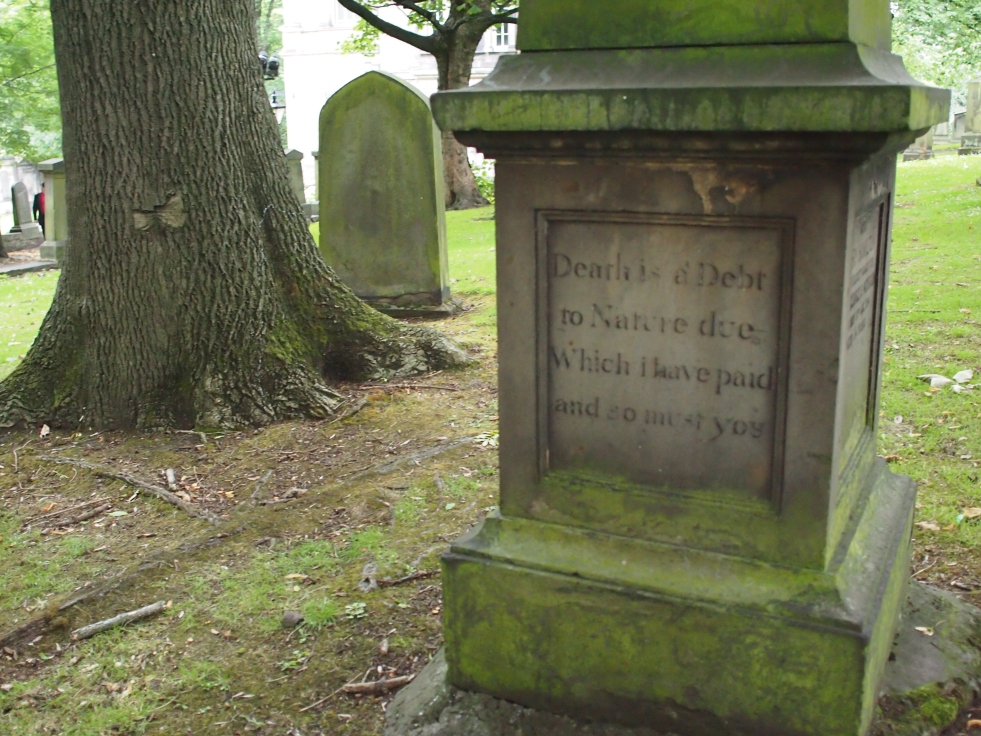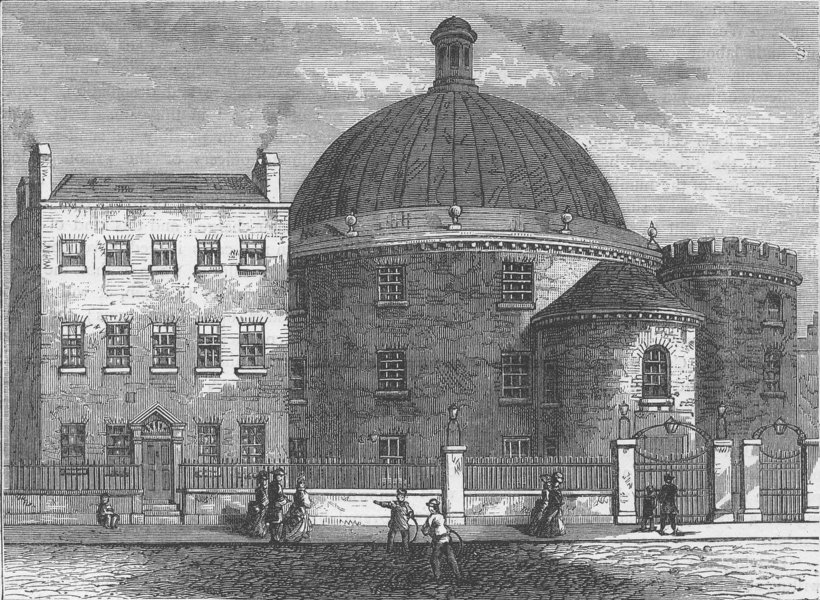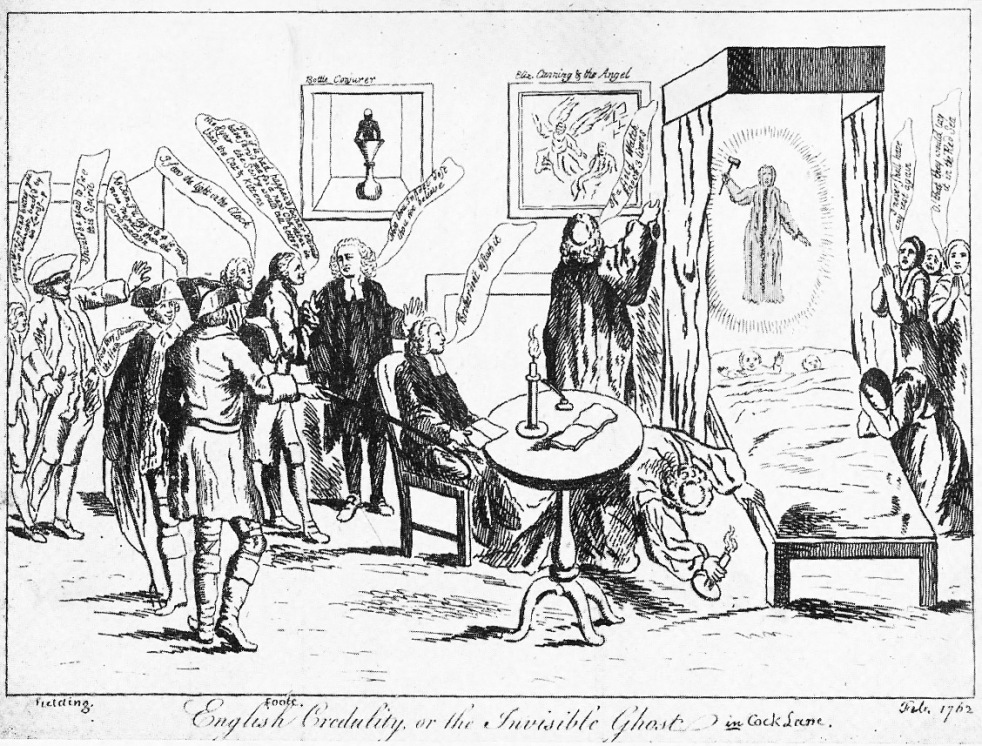If you follow a flight of steps down from Edinburgh’s busy Princes Street you’ll find a church, largely hidden by trees and surrounded by an extensive burial ground. This is St Cuthbert’s Kirk, a site with a history going back many centuries. The kirkyard at St Cuthbert’s is home to some exceptional examples of funerary architecture, imposing memorials and beautifully-carved headstones that give the visitor an insight both into the way Edinburgh’s residents of the past viewed and commemorated death, and the exceptional skill of the people who designed and crafted the memorials.

Continue reading “Memento Mori: symbols of death in St Cuthbert’s Kirkyard, Edinburgh”










